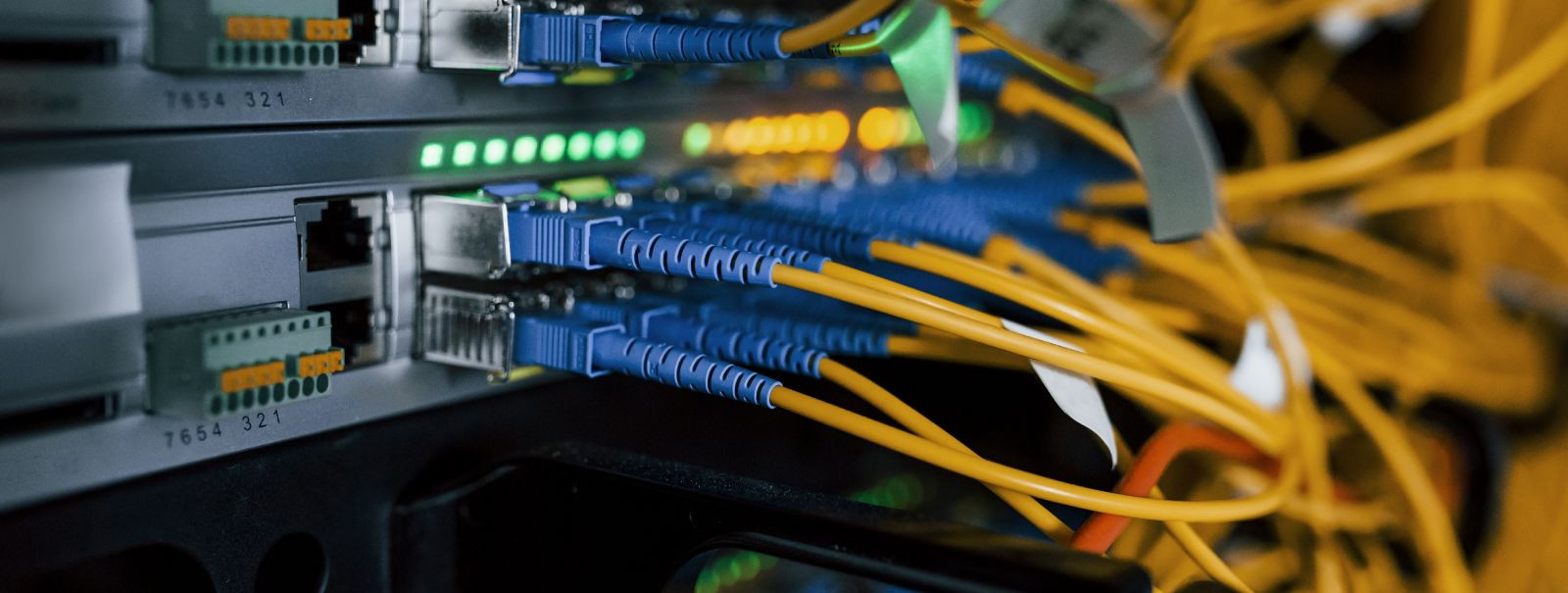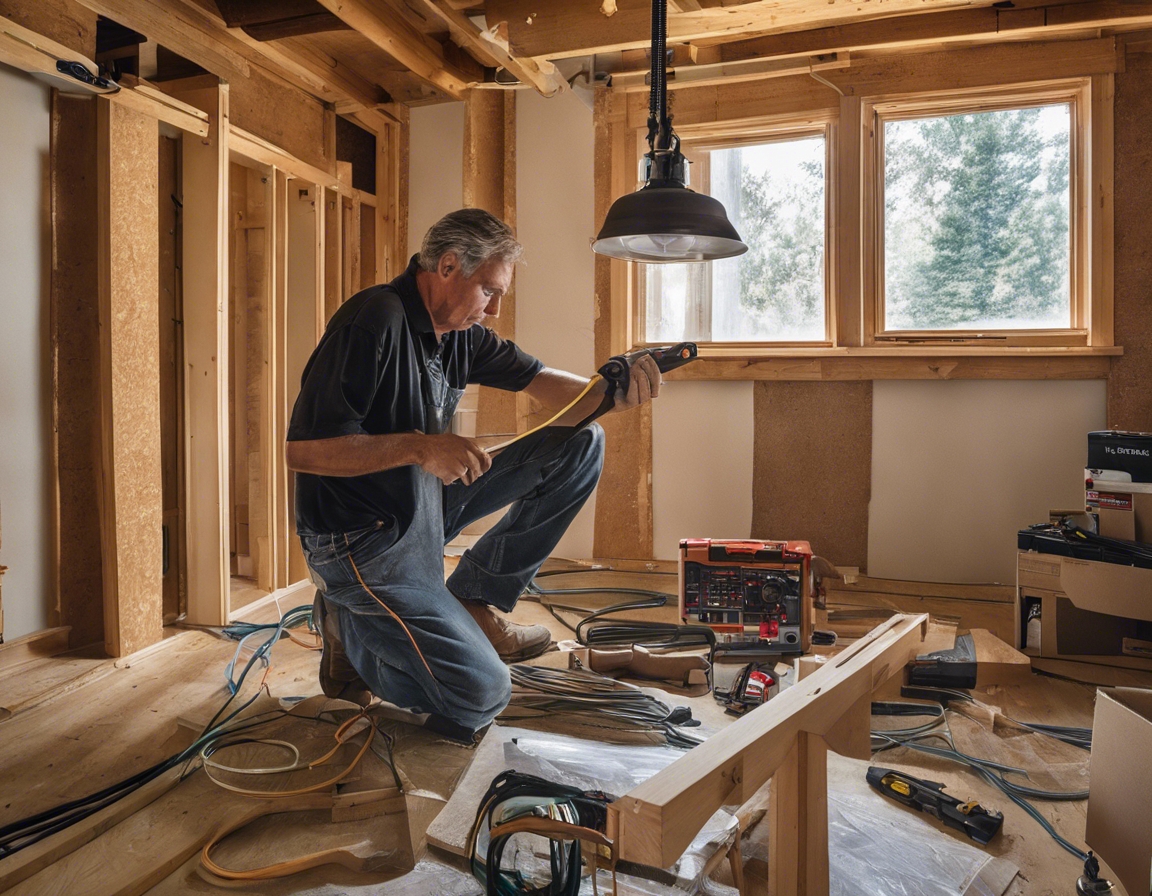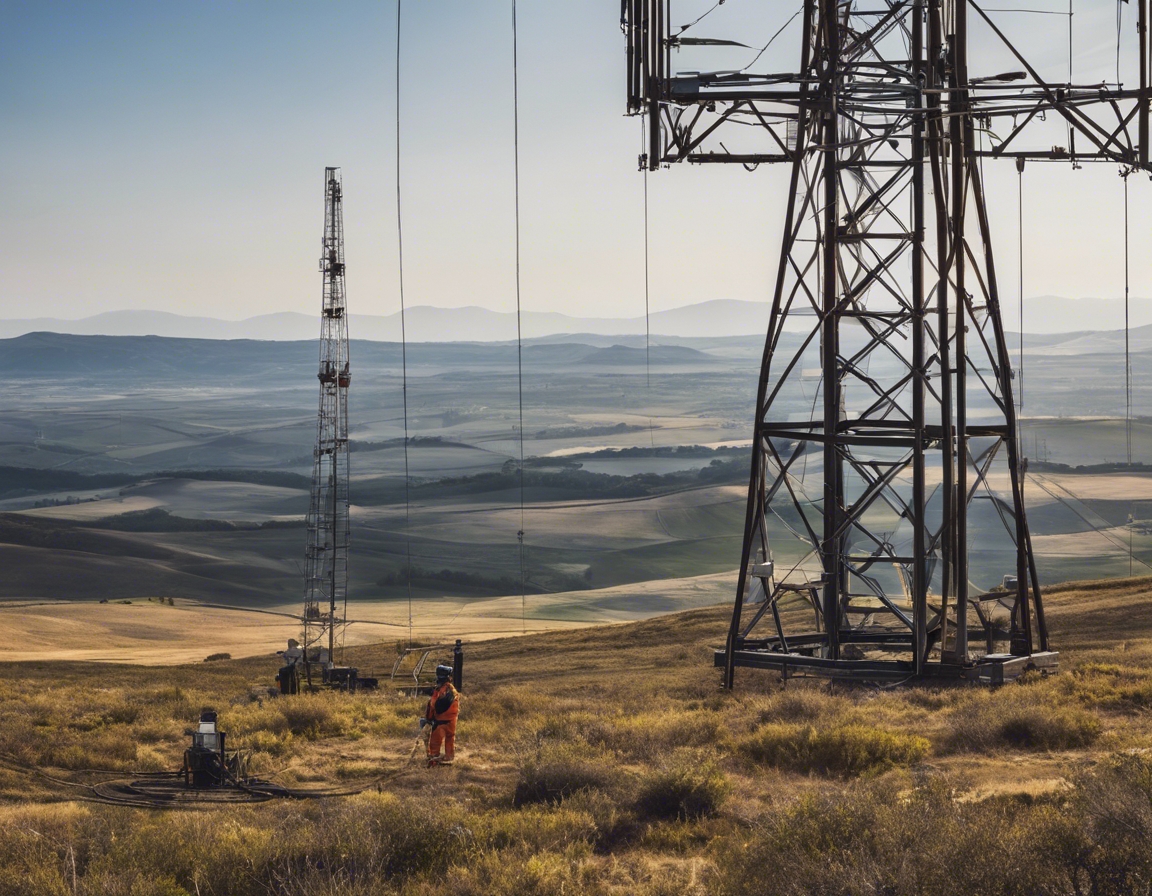5 trends shaping the future of electrical design
The landscape of electrical design is rapidly evolving, driven by technological innovation, environmental concerns, and changing consumer demands. As we look to the future, several key trends are emerging that promise to reshape the industry. OMAR ENGINEERING OÜ is at the forefront of these changes, ensuring that our clients are equipped with the latest in electrical design and installation services.
1. Integration of Renewable Energy Sources
With the cost of solar panels dropping significantly, solar power is becoming more accessible. Innovations such as bifacial solar panels and solar tracking systems are increasing efficiency and energy yield.
Wind energy is being integrated into electrical grids at an increasing rate. The development of offshore wind farms and advancements in turbine technology are contributing to this trend.
Smart grids are revolutionizing how energy is distributed and managed. They enable better integration of renewable sources, improve reliability, and offer real-time data monitoring.
2. Emphasis on Energy Efficiency and Sustainability
LED lighting is becoming the standard due to its energy efficiency and long lifespan. This trend is driving a significant reduction in energy consumption in both residential and commercial settings.
Energy-efficient appliances and HVAC systems are becoming more prevalent as they offer cost savings and reduce environmental impact.
The use of sustainable materials and the adoption of green practices in electrical design are becoming more common, reflecting a broader commitment to environmental responsibility.
3. Advancements in Smart Home and Building Automation
The Internet of Things (IoT) is enabling smarter, more connected homes and buildings. This connectivity allows for greater control and optimization of electrical systems.
Intelligent control systems are being used to automate lighting, heating, and cooling, leading to increased comfort and efficiency.
Predictive maintenance technologies are being used to anticipate and prevent electrical system failures, ensuring continuous operation and safety.
4. Increased Focus on Safety and Compliance
AFCIs are becoming more widespread as a means to prevent electrical fires caused by arc faults in wiring.
GFCIs are critical for preventing electric shock, particularly in areas where water is present, and are a standard safety feature in modern electrical design.
Electrical codes and standards are continually being updated to improve safety and accommodate new technologies.
5. The Rise of Electric Vehicles (EVs) and EV Infrastructure
The proliferation of electric vehicles is driving the need for widespread EV charging infrastructure, which is a growing aspect of electrical design.
The integration of EVs into the electrical grid requires careful planning to manage the additional load and ensure reliability.
Advancements in EV technology, including faster charging and longer battery life, are influencing electrical design considerations for residential and commercial projects.





Comments (0)